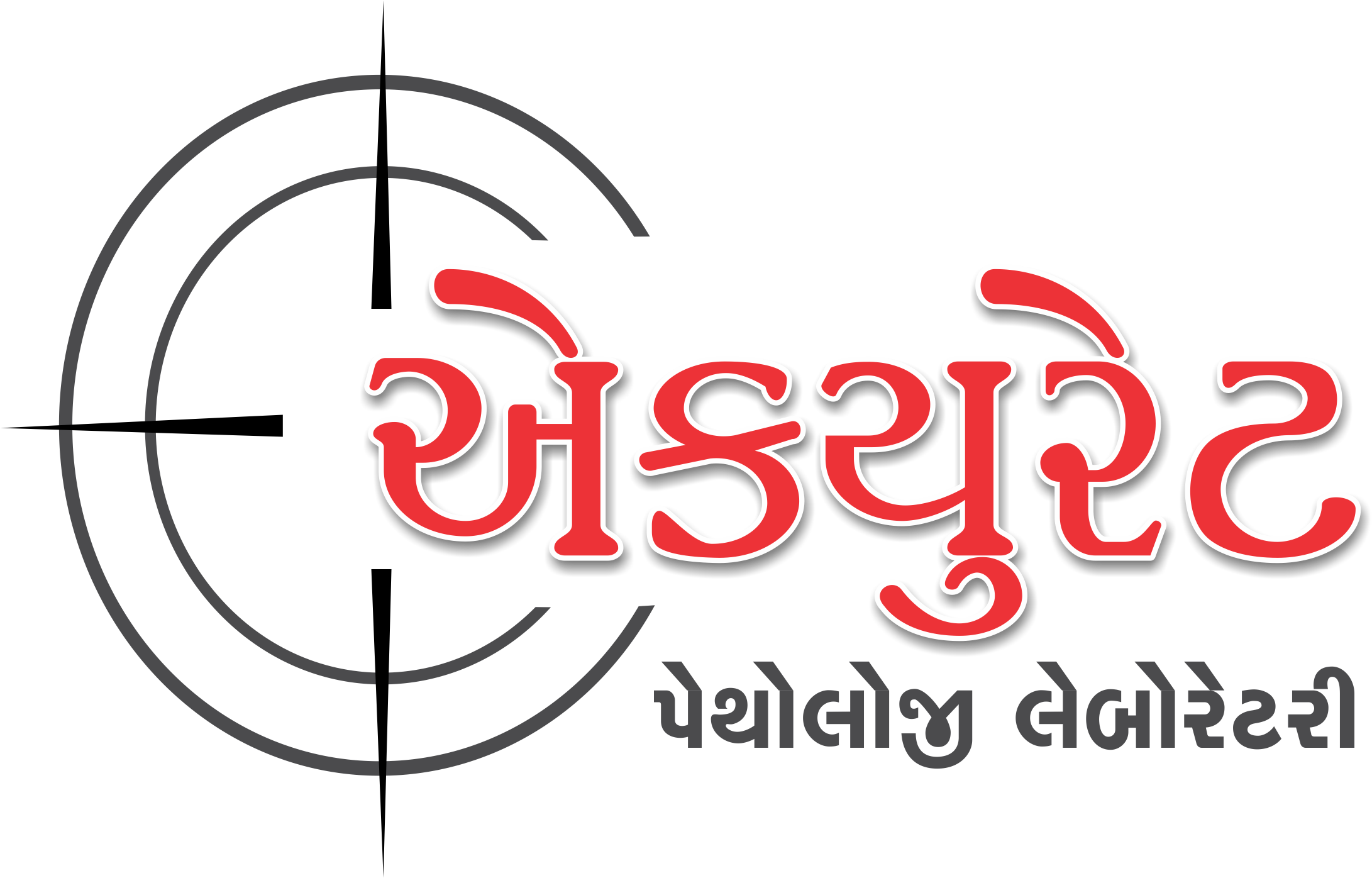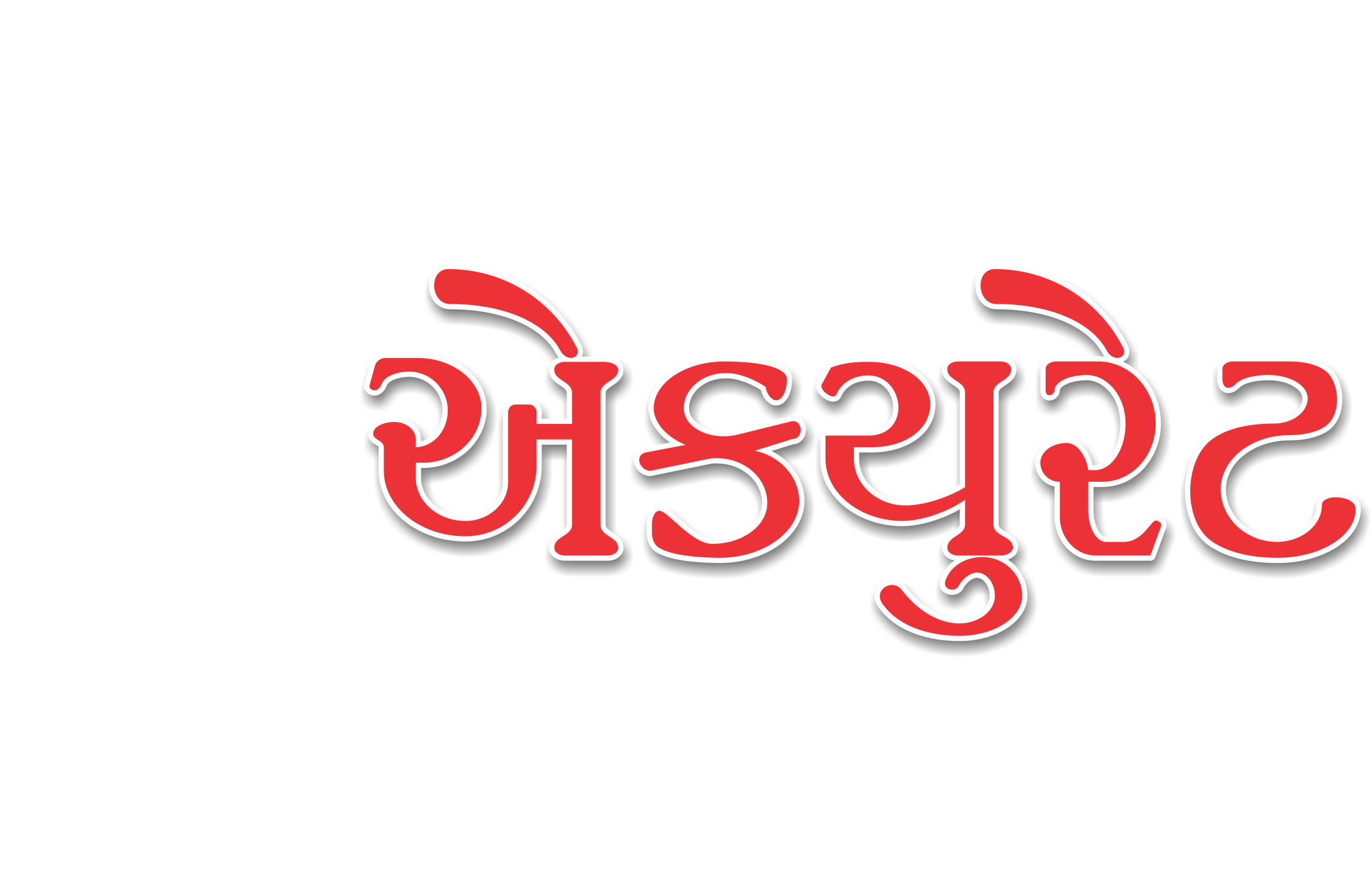STOOL R/M
Requirements
Sample Required
Stool Container
Gender
Male & Female
Collection At
Home & Lab
Preparations Required
No special preparation required
Age Group
0 – 99 years
Frequently Asked Questions
Yes. If you book blood test or body packages through our website/app.We generally do not levy any home collection charges. However, a nominal fee is charged if your order is below ₹499. These charges will reflect in the final payment page.
The list of most commonly performed diagnostics tests is different for different kinds of people and is based on several factors like age, sex, geographical factors, and so on. However, in general, the most common diagnostics tests that have people looking for “medical labs near me” include CBCs, LFTs, KFTs, lipid profile tests, blood glucose tests, thyroid profiles, etc.
Download a Test Report
PDF Link
Total Parameters Included(22)
- Colour
- Consistency
- Blood
- Mucus
- Pus
- Parasites
- Occult Blood
- Benzidine
- Reducing Sugar
- Reaction
- Trophozoites
- Ova Cysts.
- Pus Cells / hpf
- RBC
- Macrophage Cells
- Epithelial Cells
- Vegetable Cells
- Starch
- Bacteria
- Neutral Fat
- Fatty Acid Crystal
- Fat Globules
10,000+
Tests Done
Doctors
Trusted By
Collection
Home
2013
Since
Overview
Stool Routine and Microscopy (R/M) is a diagnostic test that examines the physical, chemical, and microscopic properties of stool. The test involves analyzing a stool sample for various parameters, including color, consistency, pH, and the presence of blood, mucus, or pus. Microscopic examination of the stool is also performed to detect the presence of parasites, ova, cysts, and other microorganisms. The Stool R/M test is a valuable tool for diagnosing and monitoring various gastrointestinal disorders, such as infections, inflammation, and malabsorption.
Description
Stool Routine and Microscopy (R/M) is a laboratory test that involves a comprehensive analysis of a stool sample. The test includes a physical examination of the stool’s appearance, a chemical analysis of its composition, and a microscopic examination of its contents. The physical examination assesses the stool’s color, consistency, and presence of blood or mucus, while the chemical analysis detects the presence of occult blood, pH, and other substances. The microscopic examination identifies parasites, such as protozoa, helminths, and their eggs, as well as bacteria, yeast, and other microorganisms, providing valuable information for diagnosing and managing gastrointestinal infections, inflammatory disorders, and other conditions.

